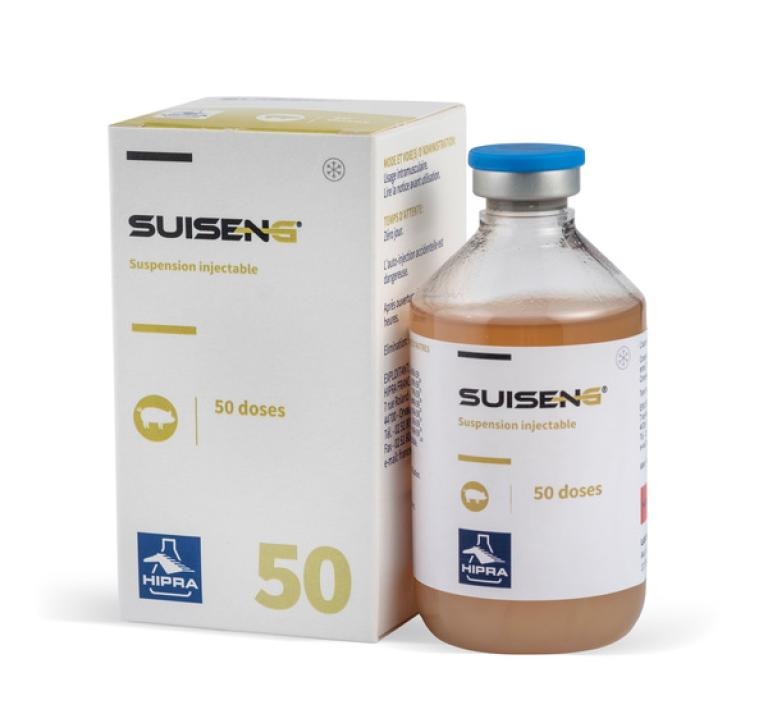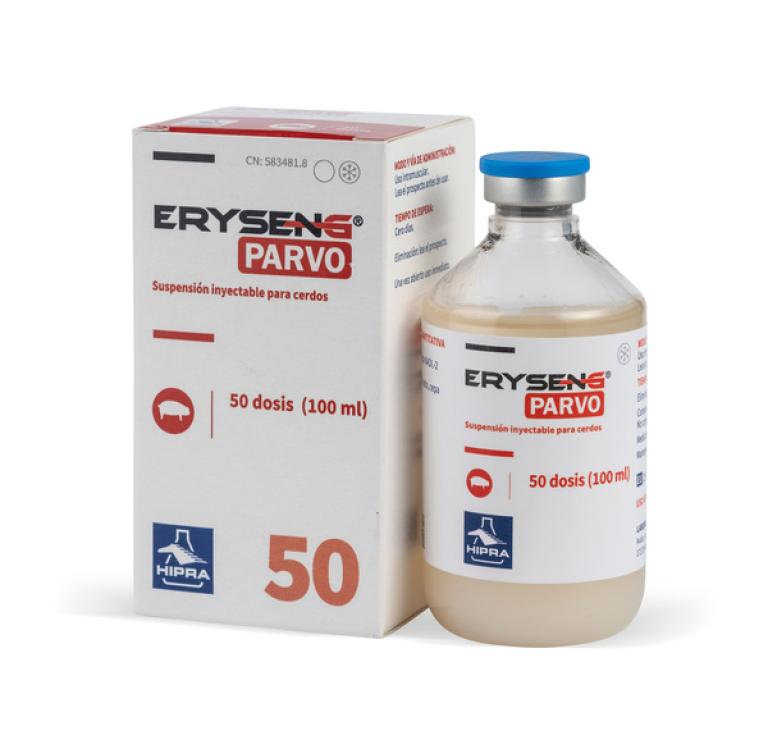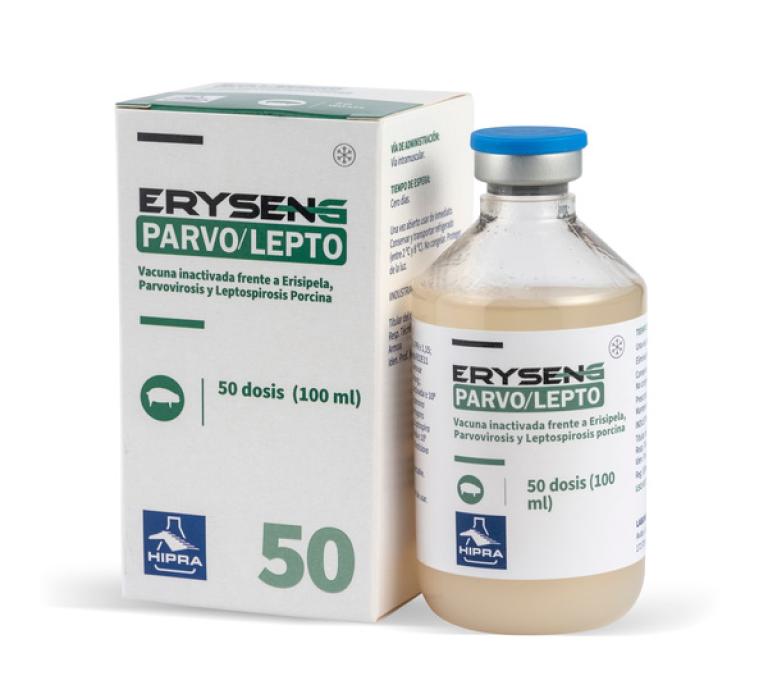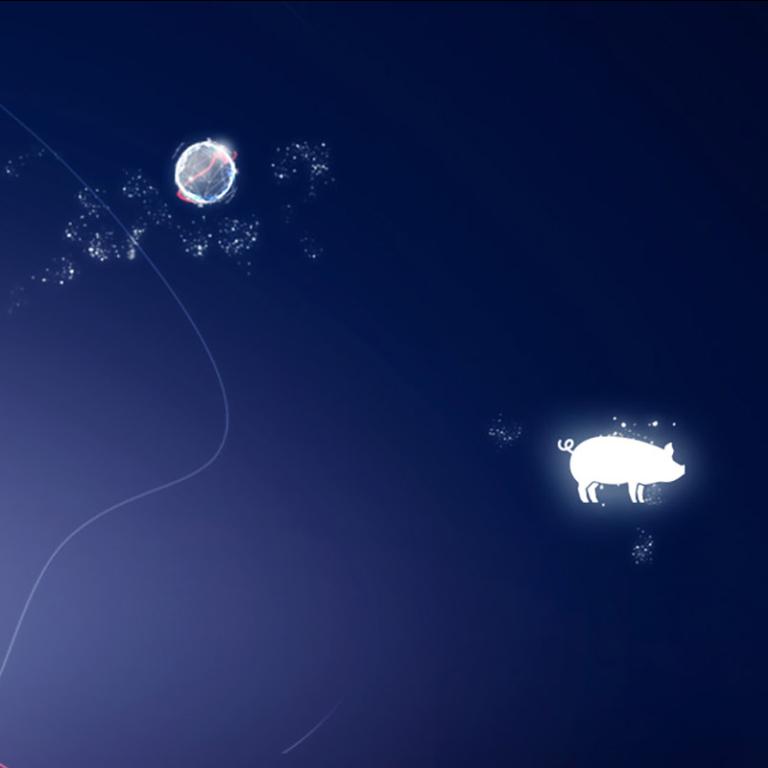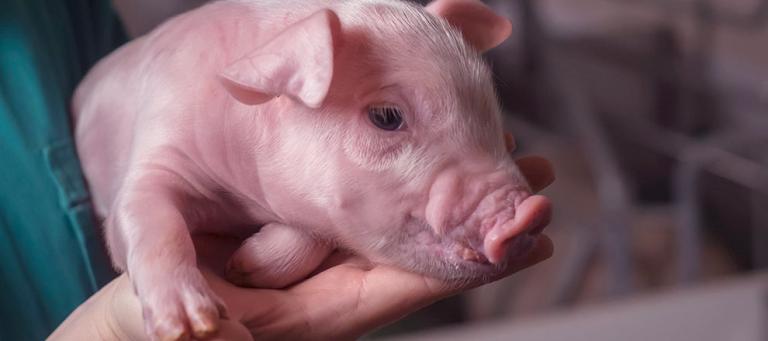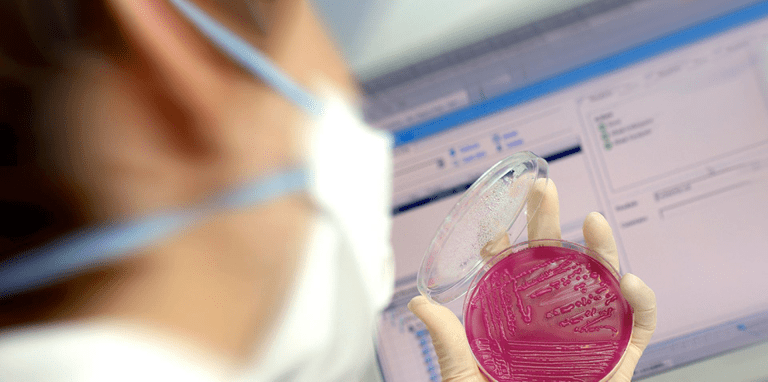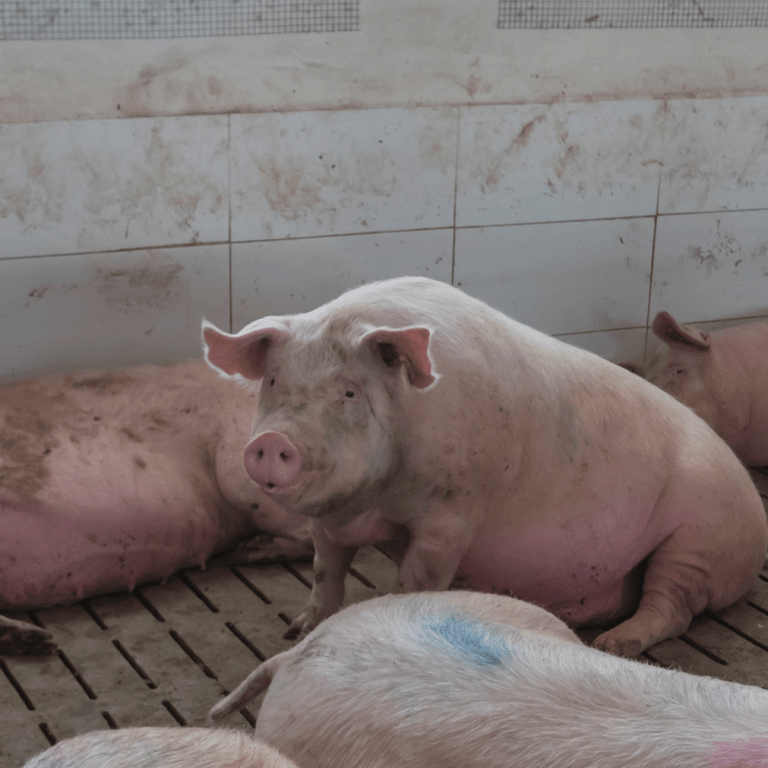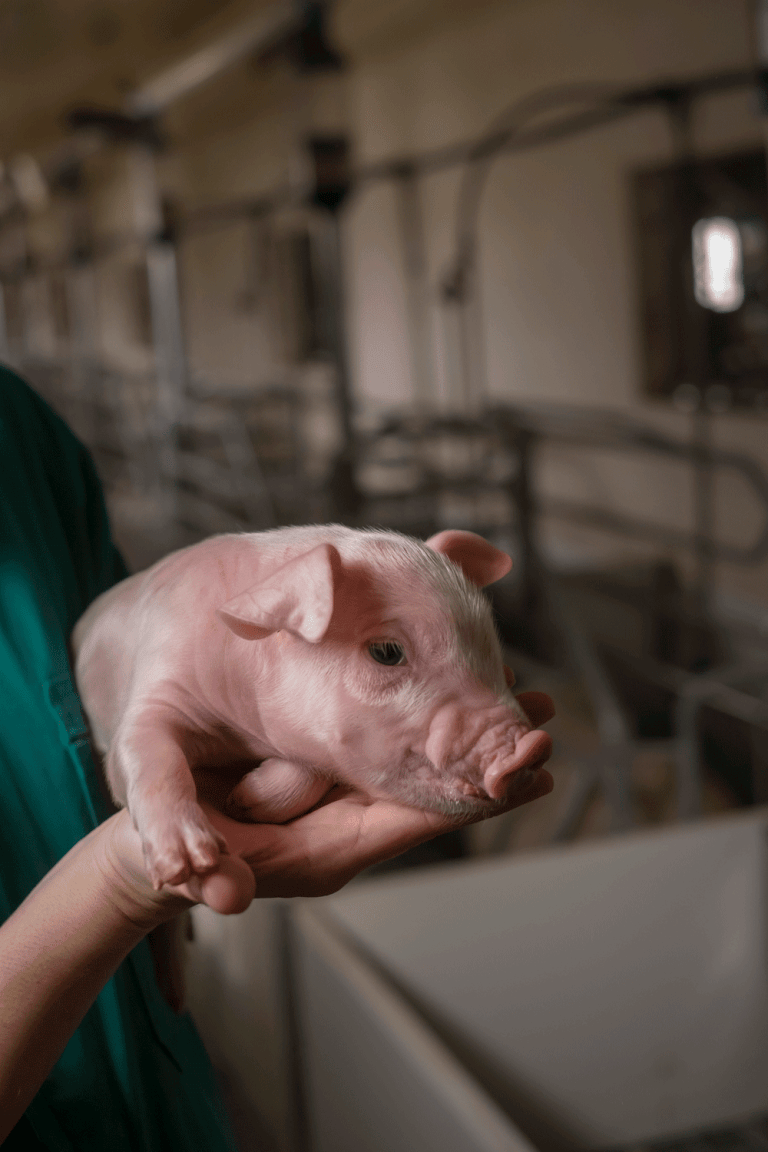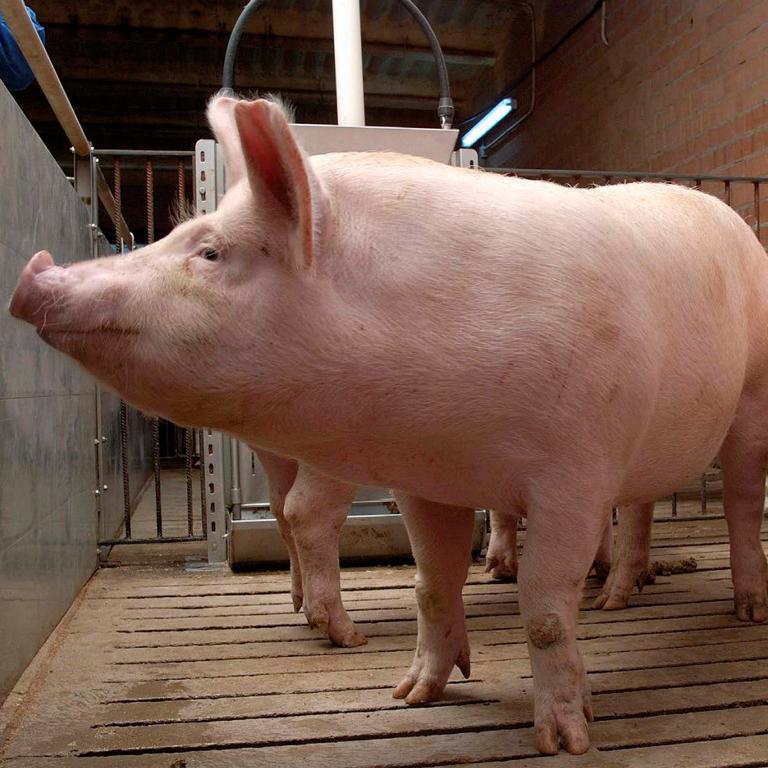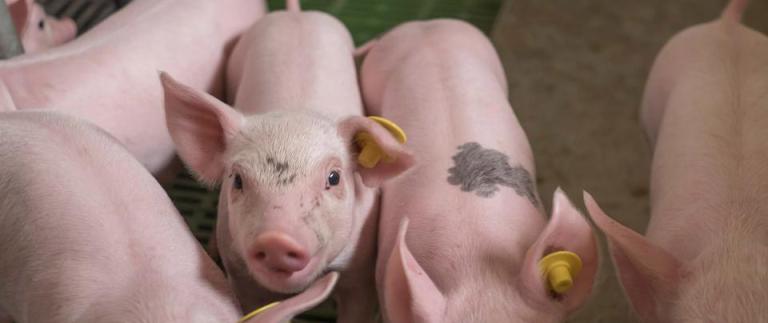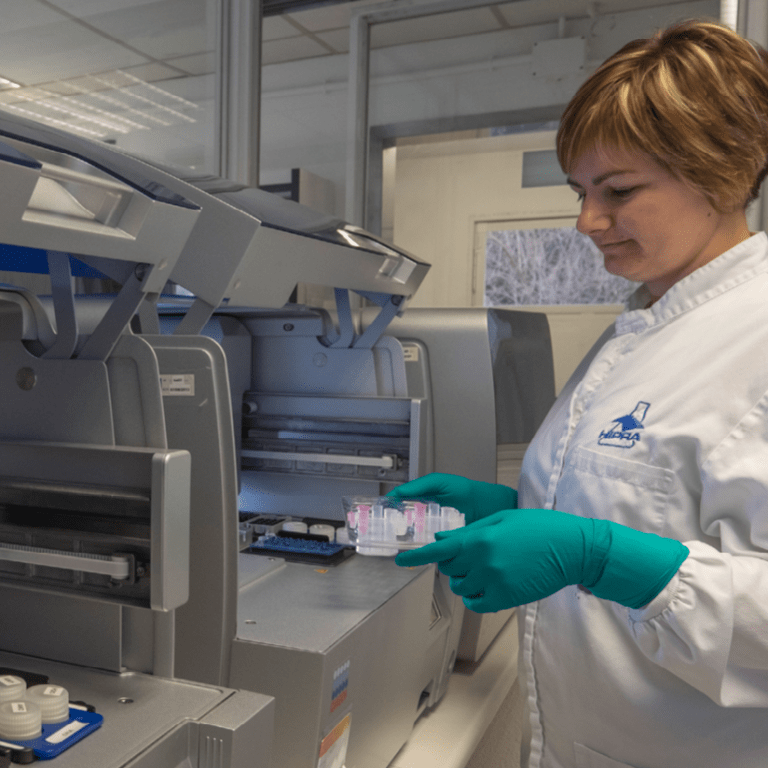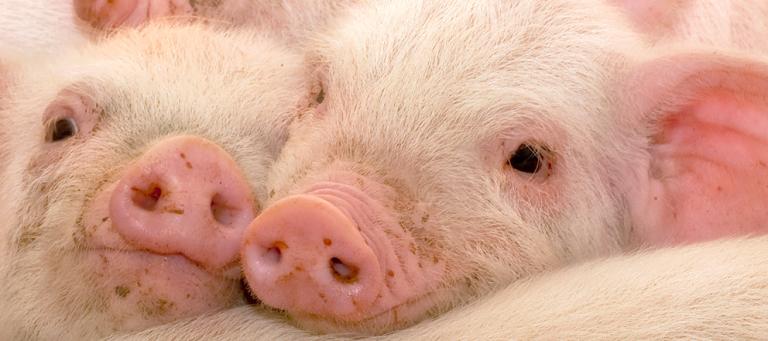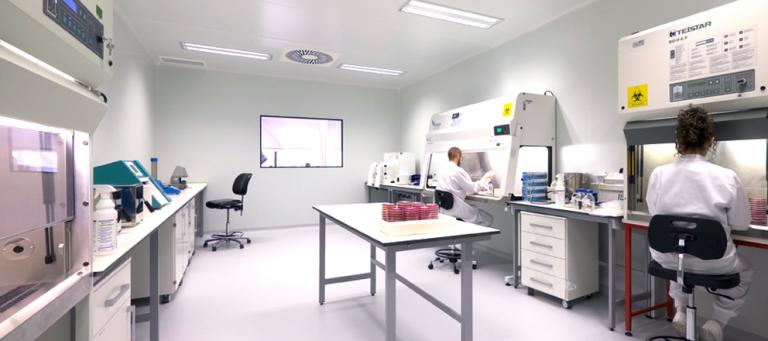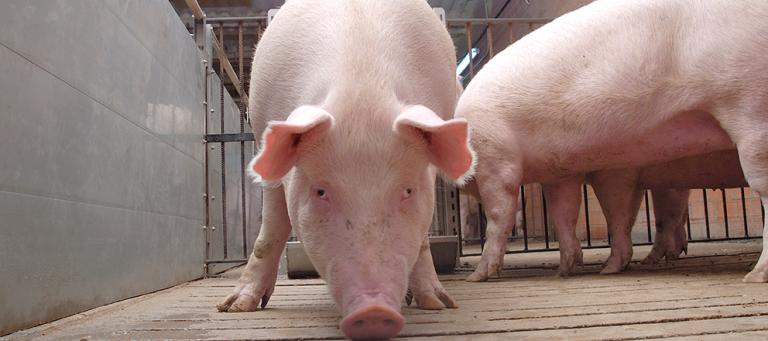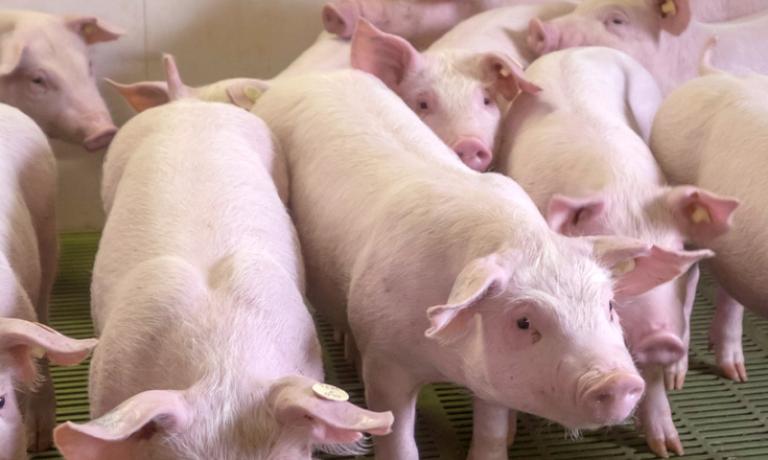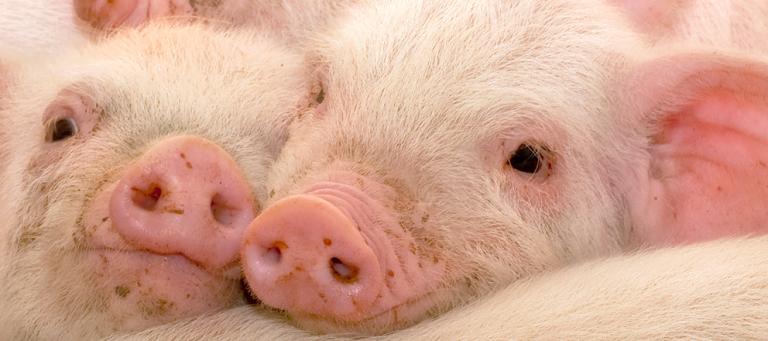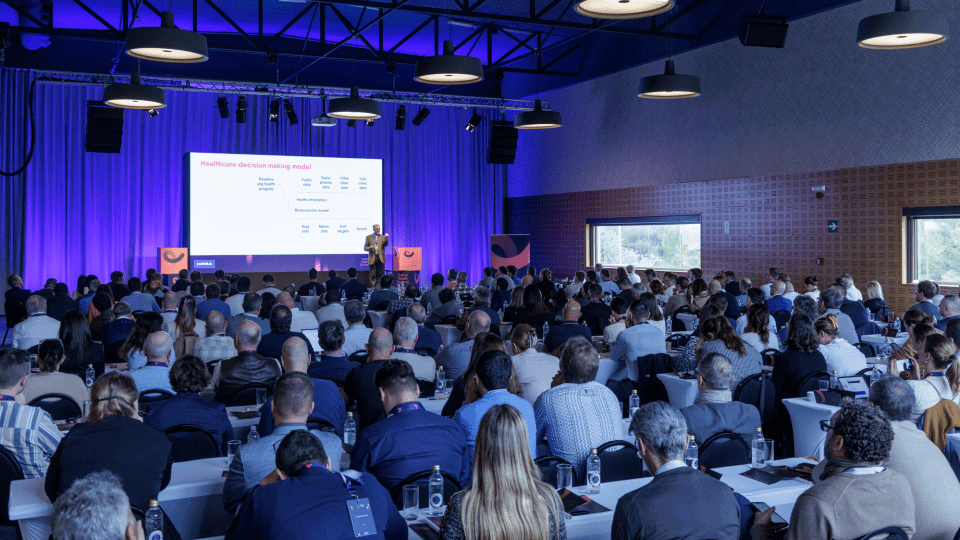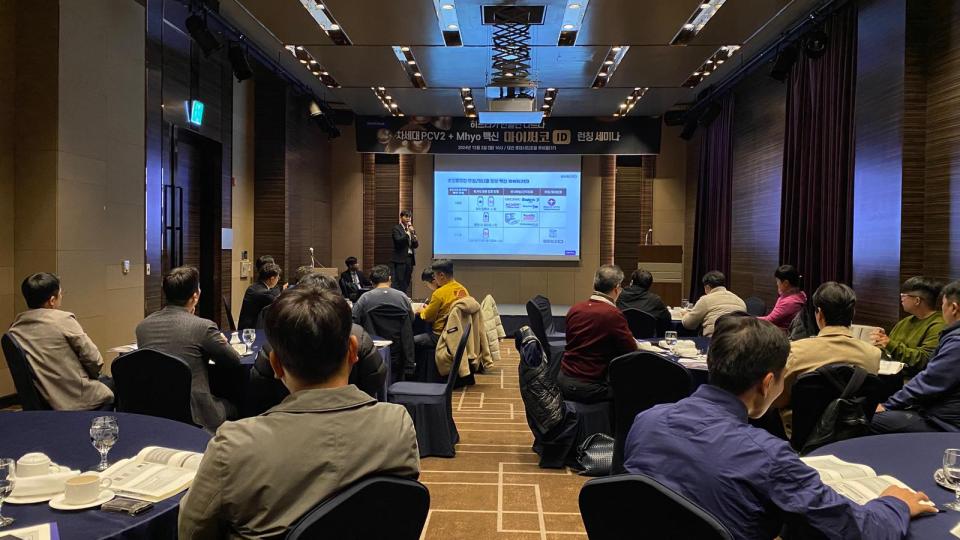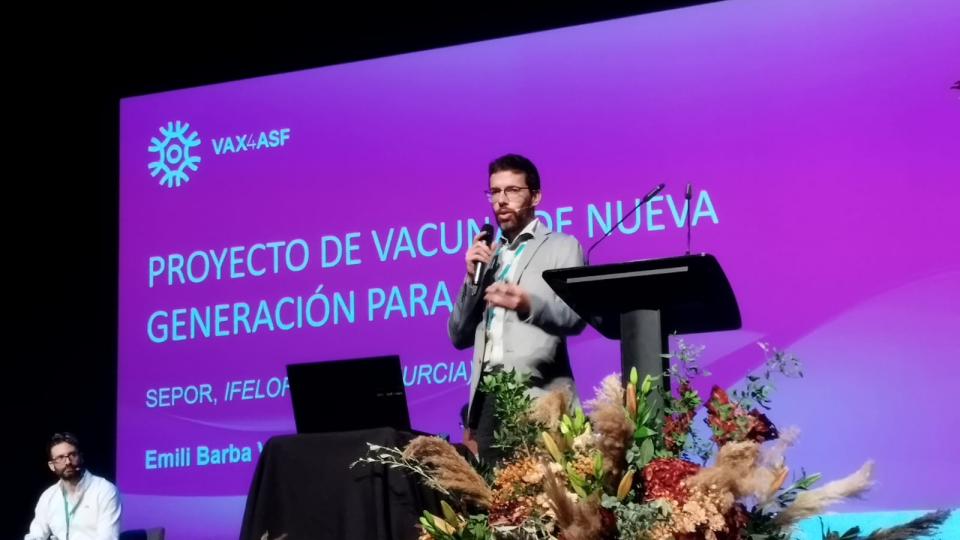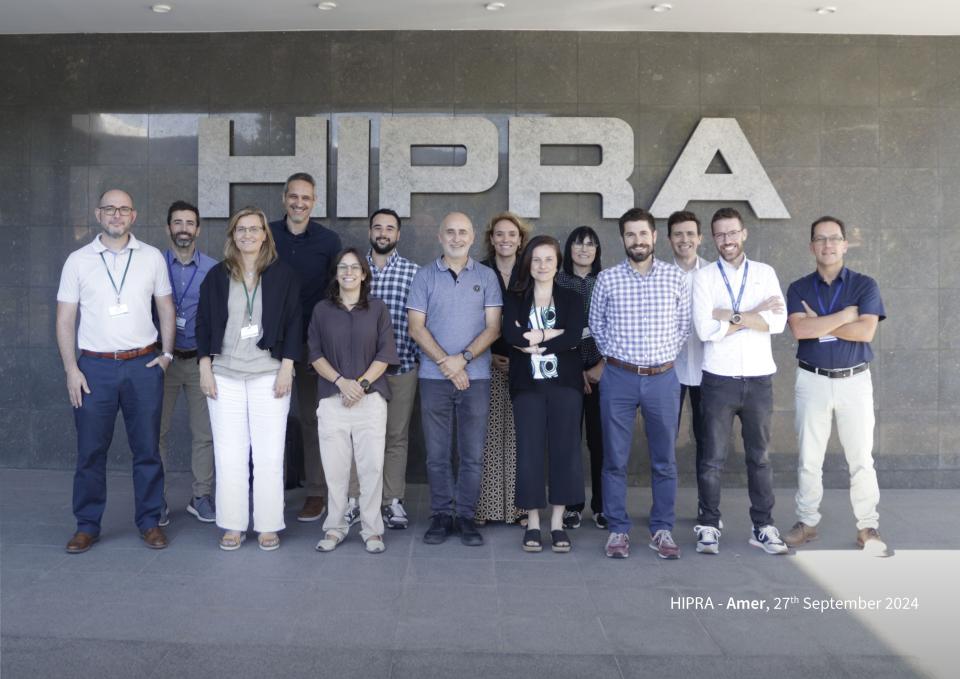AETIOLOGY:
Single infection of Bordetella bronchiseptica caused Non Progressive Atrophic Rhinitis (NPAR) and its coinfection together with Pasteurella multocida type D leads to Progressive Atrophic Rhinitis (PAR).
TRANSMISSION:
Bordetella bronchiseptica
Its main route of transmission is via aerosols generated in sneezes and with coughing; furthermore, the possibility of transmission between neighboring farms in short distances, is also mentioned.
Pasteurella multocida type D
The main transmission route is by nasal contact, although aerosol transmission should also be considered. Healthy positive sows can act as reservoirs and infect other negative sows or piglets.
CLINICAL SIGNS:
NPAR
The clinical signs are mainly respiratory problems; sneezing, nasal and ocular secretion and frequent dry coughing, especially in the initial phase that can subsequently develop into NPAR, with typical lesions in the nasal turbinate.
PAR
Sneezing in piglets is often the first clinical sign of PAR. Pigs may continue to sneeze, snuffle, and snort throughout the growing period and a variable amount of serous to mucopurulent nasal and ocular discharge may be observed. Tear staining that radiates from the medial canthus of the eye because of nasal, but epistaxis is typically observed in PAR. Growth retardation and reduction in the efficiency of feed utilization are often seen.
LESIONS:
NPAR
The typical lesion is atrophy of the nasal turbinate in animals between 6 and 7 weeks of age (although this atrophy will resolve if there are no complications), but cranioventral bronchopneumonia may also be observed, with fibrinous pleuritis in chronic cases, and fibrinopurulent polyserositis if there is co-infection with HPS, amongst other causal agents of polyserositis
PAR
The most common visible manifestation of PAR is brachygnathia superior; lateral deviation of the snout may be evident when more extensive deformation of the bone occurs on one side of the head than on the other.
DIAGNOSIS:
The diagnosis of both NPAR and PAR is based mainly on the identification of the previously described symptoms, evaluation of the turbinate lesions, isolation, and identification of the toxin by PCR from nasal swabs and/or oral fluid.
TREATMENT, PREVENTION AND CONTROL:
Treatment should involve a multifactorial approach, the primary objective being to reduce the prevalence of Pasteurella multocida type D and Bordetella bronchiseptica by vaccination of the breeding sows; additionally, if the prevalence is very high and there are problems, antibiotic treatment may also be given to the sows and piglets.
Prophylaxis is focused essentially on vaccination of the breeding sows with primary vaccination with two doses (6-7 and 3-4 weeks before farrowing) and a booster dose before each subsequent farrowing (3-4 weeks before). To achieve excellent protection by vaccination, good colostrum intake is essential so that transmission of maternal immunity to the piglets is ensured.




